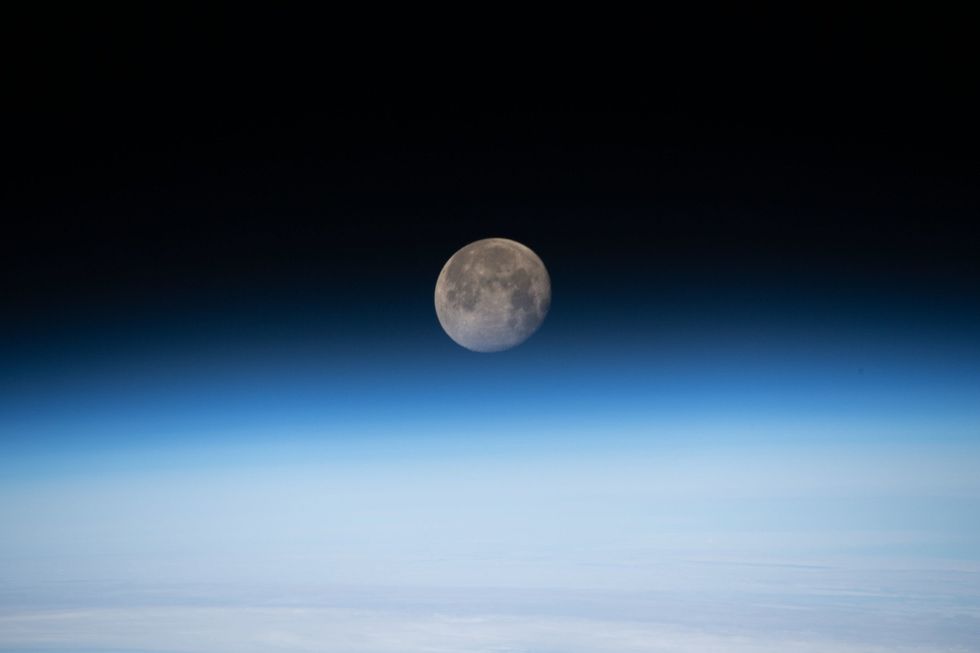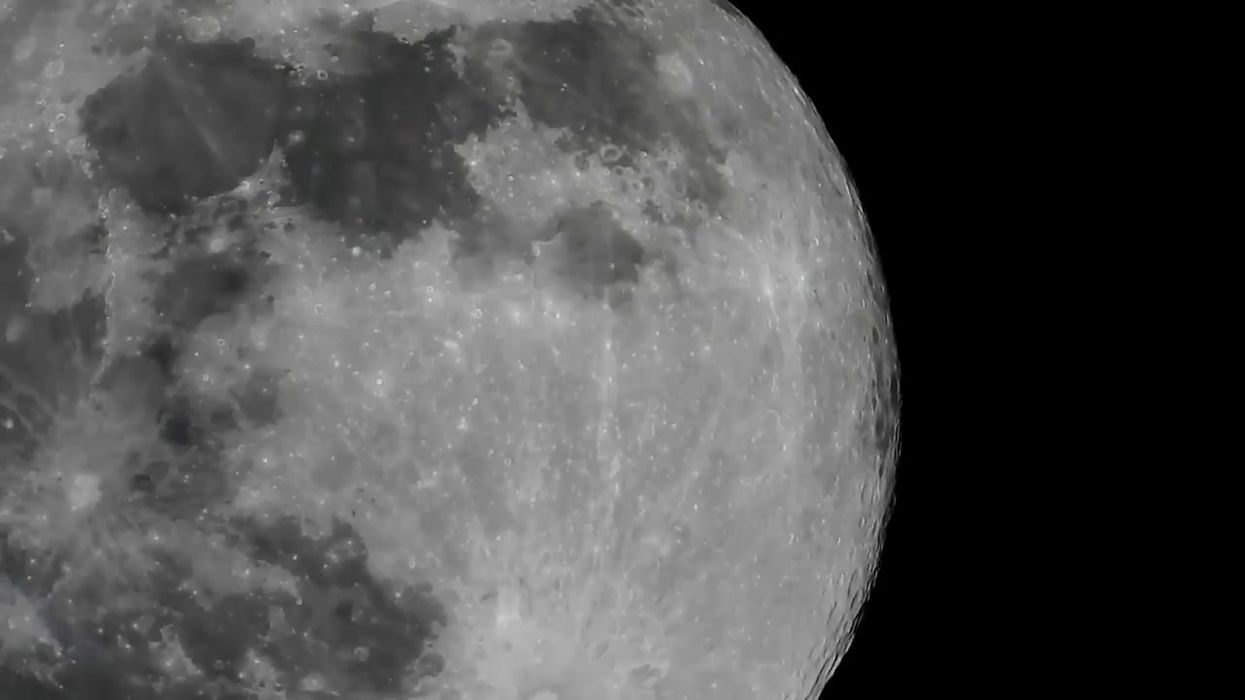Harry Fletcher
Nov 17, 2025
Full Wolf Moon Illuminates Night Skies
Spectee / VideoElephant
Scientists have warned that the Moon is getting smaller, and it could have major impacts on future missions to the lunar surface.
Experts believe that it won’t be all that long before there are human settlements on the Moon and Nasa stepped up its lunar exploration efforts with the (ultimately unsuccessful) commercial Peregrine mission launching earlier this month.
But there’s a potential difficulty to get over as the Moon continues to shrink, which was analysed in the newly published study Tectonics and Seismicity of the Lunar South Polar Region available in The Planetary Science Journal.
The study focuses on one particular region of the moon which is more affected by the shrinkage than any other area.
The surface of the south polar region of the moon pushes against itself as the result of the Moon’s shrinking circumference, which has been caused over the past few hundred million years by the slow cooling of its core.
Research now suggests that this particular area of the Moon was impacted by a moonquake around 50 years ago and is among the most powerful ever recorded.

Thomas R Watter is Senior scientist emeritus in the National Air and Space Museum’s Center for Earth and Planetary Studies and lead author on the study. He said: "Our modeling suggests that shallow moonquakes capable of producing strong ground shaking in the south polar region are possible from slip events on existing faults or the formation of new thrust faults."
Of course, the impacts of these geological shifts could be huge when it comes to the safety and sustainability of manned missions to the Moon – with the NASA's crewed Artemis III mission planned for 2026.
Watter added: "The global distribution of young thrust faults, their potential to be active and the potential to form new thrust faults from ongoing global contraction should be considered when planning the location and stability of permanent outposts on the moon."
Professor Nicholas Schmerr from the University of Maryland is the co-author of the study. Schmerr was quoted by the College of Computer, Mathematical and Natural Sciences as saying: "You can think of the moon’s surface as being dry, grounded gravel and dust. Over billions of years, the surface has been hit by asteroids and comets, with the resulting angular fragments constantly getting ejected from the impacts.
"As a result, the reworked surface material can be micron-sized to boulder-sized, but all very loosely consolidated. Loose sediments make it very possible for shaking and landslides to occur."
It’s not just the size of the Moon that could prove to be a problem either, as Nasa was also recently warned that the Moon’s resources are at risk.
This article was originally published on 29 January 2024
Why not read...
- Stephen Hawking issued a chilling warning to humanity before he died
- Musk backs AI research into Ancient Rome that could rewrite history
Sign up for our free indy100 weekly newsletter
How to join the indy100's free WhatsApp channel
Have your say in our news democracy. Click the upvote icon at the top of the page to help raise this article through the indy100 rankings
Top 100
The Conversation (0)













